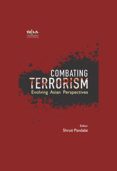Brajesh Mishra’s Legacy to National Security and Diplomacy
As the first national security adviser of India, Brajesh Mishra’s contribution towards building a viable national security management system will always be remembered.
- Arvind Gupta
- September 30, 2012









